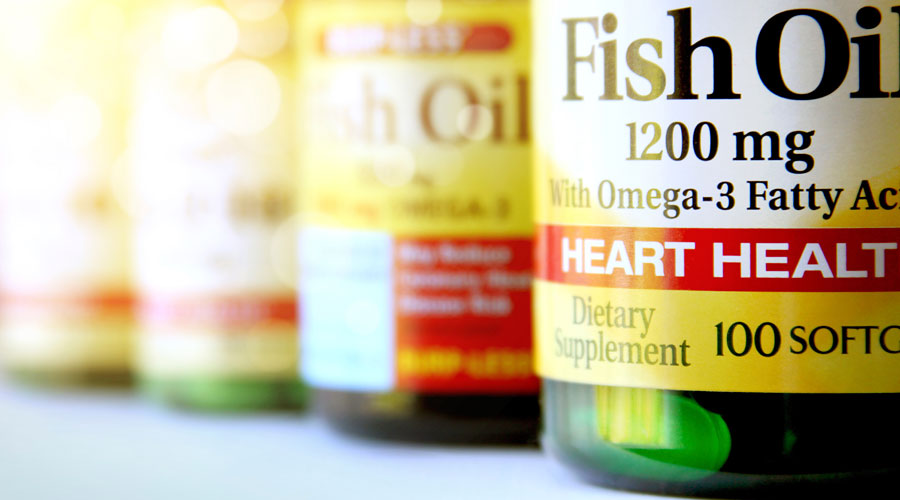
In an era saturated with health and wellness products, the pursuit of quick fixes for anxiety, pain, or depression has led many to seemingly innocuous solutions found right on store shelves. Yet, beneath the veneer of “natural” remedies lies a concerning reality: a burgeoning market of unregulated supplements with potentially lethal consequences. These products, often marketed aggressively across social media platforms, evade stringent oversight, leaving consumers dangerously vulnerable to misinformation and severe health risks.
This is not merely a hypothetical danger; it is a crisis tragically unfolding in homes across the nation, leaving families shattered and raising urgent questions about public safety and accountability. The devastating stories of lives cut short by products like kratom serve as a stark, undeniable warning that what you don’t know about an over-the-counter supplement could cost you – or someone you love – their life. It is a clarion call for awareness, demanding a closer look at what we are truly ingesting.
We embark on an in-depth exploration of this critical issue, shedding light on the human cost of a largely unchecked industry. Through compelling narratives and expert insights, we aim to unravel the complexities surrounding these supplements, beginning with the heart-wrenching accounts that have brought this hidden epidemic to the forefront of public consciousness. The time has come to challenge the deceptive marketing and demand greater protection for unsuspecting consumers.
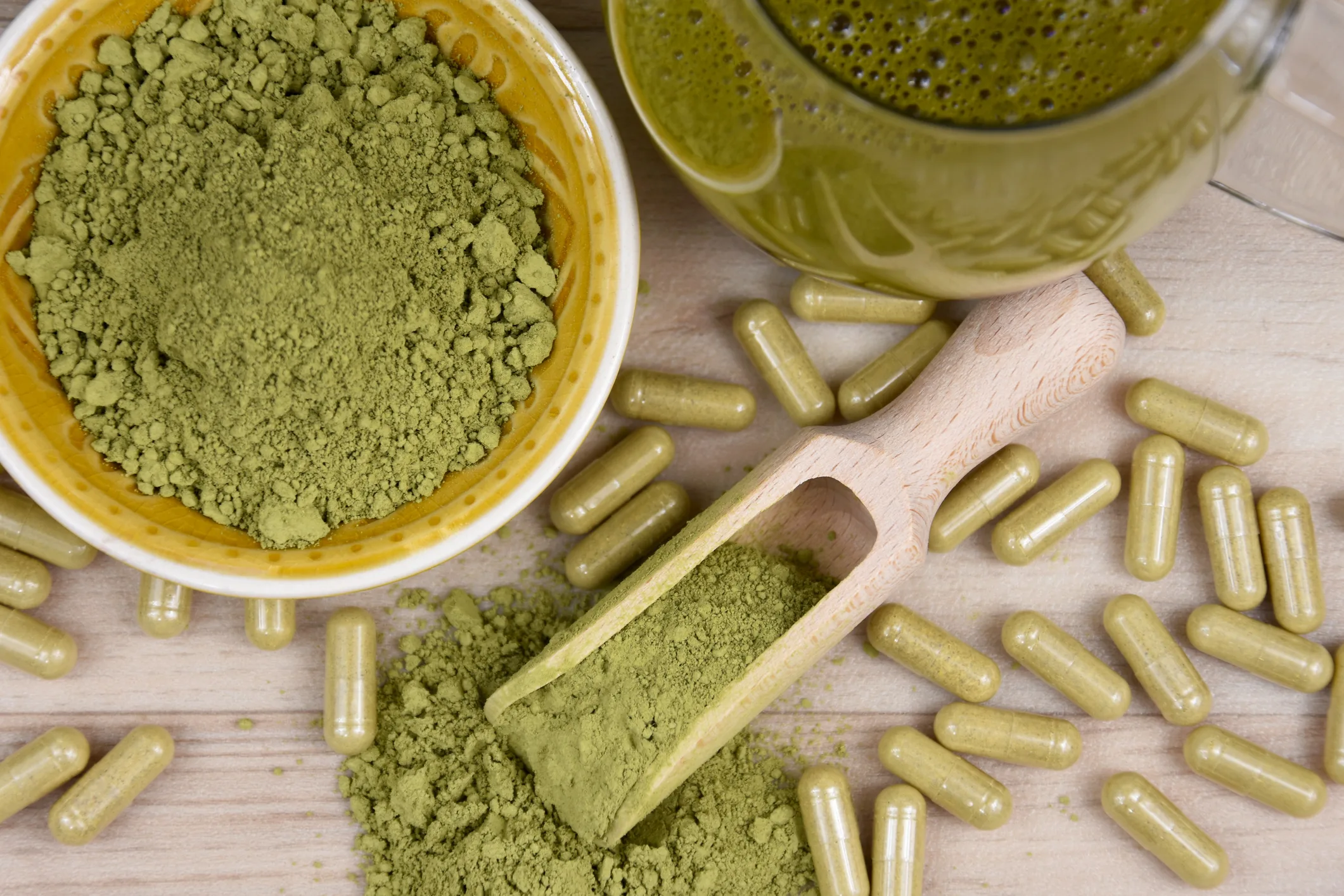
1. **The Tragic Case of Jordan McKibban: A Family’s Heartbreaking Loss**The profound and sudden loss of Jordan McKibban, a vibrant 37-year-old from Washington, stands as a chilling testament to the hidden dangers of unregulated supplements. In April 2022, after a long day at his job as an organic food distributor, Jordan returned home to prepare a large organic meal, eagerly anticipating hosting his family. That evening, he mixed a tablespoon of powdered kratom into his lemonade, a seemingly routine act that tragically preceded his collapse.
Hours later, his mother, Pam Mauldin, discovered him lifeless on his bathroom floor. Her desperate attempts to perform CPR proved to be in vain; Jordan never woke up. The autopsy later confirmed that mitragynine, a psychoactive compound found in kratom, was responsible for his sudden death. Pam Mauldin’s grief is immeasurable, as she articulated in a heartbreaking interview with the New York Post: “I’ve lost my son. I’ve lost my grandchildren that I could have had, I’ve lost watching him walk down that aisle, watching him have a life that I get to watch with my other kids. I’ve lost enjoying these years with him.” She poignantly added that her son “shouldn’t be in the cemetery,” underscoring the deep injustice of his preventable death.
Jordan was a healthy, vibrant man who “loved life” and was reportedly getting serious with his girlfriend, holding the promise of a future Pam would now never see. His tragic passing, caused by a product marketed as a benign aid, highlights the devastating consequences when consumers are unaware of the true potency and risks of readily available substances.
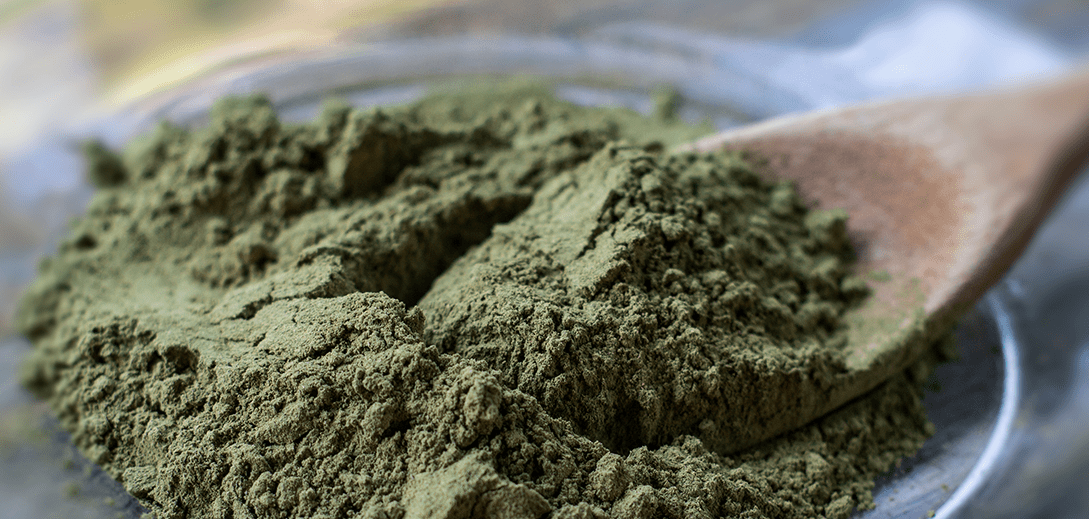
2. **The Deceptive Accessibility of Kratom: From Social Media to Gas Stations**One of the most concerning aspects of kratom’s proliferation is its pervasive and alarmingly easy accessibility. This supplement, derived from a Southeast Asian plant, is not confined to obscure online marketplaces or specialized health stores; it can be effortlessly found in a wide array of retail outlets, from local convenience stores to even petrol stations across the United States. Its widespread availability creates a dangerous illusion of safety and normalcy for consumers.
Compounding this accessibility is the aggressive and often misleading marketing that permeates popular social media platforms. A quick scroll through TikTok, for instance, reveals how desperate teenagers and young people are to get their hands on the product. Advertisements branding it as a “botanic” ingredient or a natural aid for everyday health issues, such as anxiety, depression, and pain relief, are rampant. This sophisticated digital marketing strategy exploits public trust in natural remedies, obscuring the product’s true risks behind appealing, health-conscious facades.
Kratom products are sold in various forms, including powder, gummies, and drinks, further integrating them into the fabric of everyday consumption. This ease of purchase, combined with a powerful online presence, allows kratom to bypass traditional pharmaceutical channels and regulatory scrutiny, reaching a broad and often unsuspecting demographic who perceive it as no more harmful than a vitamin.

3. **The “Natural” Misconception: Why Plant-Based Doesn’t Mean Safe**A critical misconception fueling the widespread acceptance of kratom and similar supplements is the deeply ingrained belief that if something is “natural” or “plant-based,” it must inherently be safe. Kratom, sourced from a Southeast Asian tree, heavily leverages this perception in its marketing, presenting itself as an “all-natural” alternative to conventional pharmaceutical medicines. For individuals like Jordan McKibban, who reportedly harbored reservations about typical medications, such a framing can make kratom seem like an attractive and harmless option.
However, medical professionals and experts are striving to dismantle this dangerous myth. Dr. Robert Levy, an associate professor at the University of Minnesota certified in addiction and family medicine, emphatically states, “Just because something is ‘natural’ doesn’t mean it’s safe.” He drives this point home with a stark and memorable analogy, reminding consumers that “Arsenic is also from a plant.” This powerful comparison serves to underscore the fundamental truth that origin alone is not a guarantee of safety, especially when dealing with pharmacologically active compounds.
This deceptive labeling and marketing capitalize on a widespread lack of public awareness regarding natural substances. Without robust regulation requiring accurate disclosure of potential hazards, consumers are left to navigate a minefield of misinformation, often assuming that a product’s natural derivation absolves it of any risk. The tragic consequences of this misunderstanding are increasingly becoming evident in emergency rooms and autopsy reports across the country.
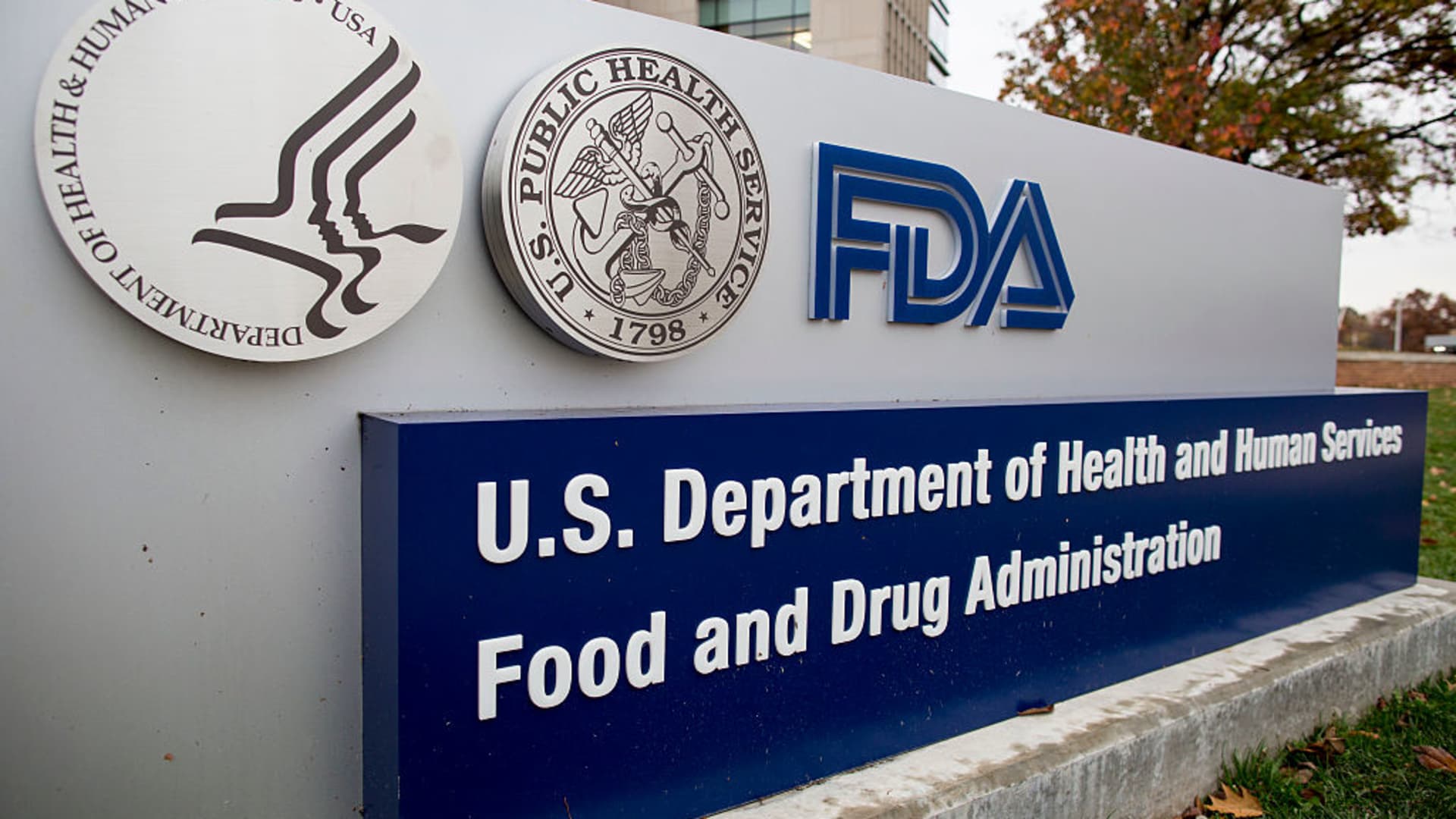
4. **The FDA’s Stance and Growing Concerns: A “Drug of Concern”**Despite the pervasive marketing and easy accessibility, the U.S. Food and Drug Administration (FDA) has taken a clear, albeit challenging, stance on kratom, categorizing it as a “drug of concern.” The agency has issued strong warnings, unequivocally stating that kratom is “unsafe and ineffective” for treating any medical conditions. This official position directly contradicts the myriad claims made by manufacturers and marketers regarding its purported benefits for pain, anxiety, and depression.
Adding to the regulatory complexity, the FDA notes that the key components of kratom are not “awfully marketed” in the U.S. as a drug product, dietary supplement, or food additive. This ambiguous classification allows kratom to circumvent the rigorous safety and efficacy testing typically required for pharmaceutical drugs or even the labeling standards mandated for conventional food products. This regulatory loophole enables its continued sale in a largely unchecked market, despite the FDA’s expressed reservations.
The agency’s concerns extend beyond mere ineffectiveness; they encompass serious health risks. The FDA has explicitly warned that kratom can cause severe adverse effects, including seizures, hallucinations, liver damage, dangerously high blood pressure, and in some tragic instances, death. This stark assessment from the nation’s leading health regulatory body highlights the urgent disconnect between official warnings and the product’s continued widespread availability to the public.
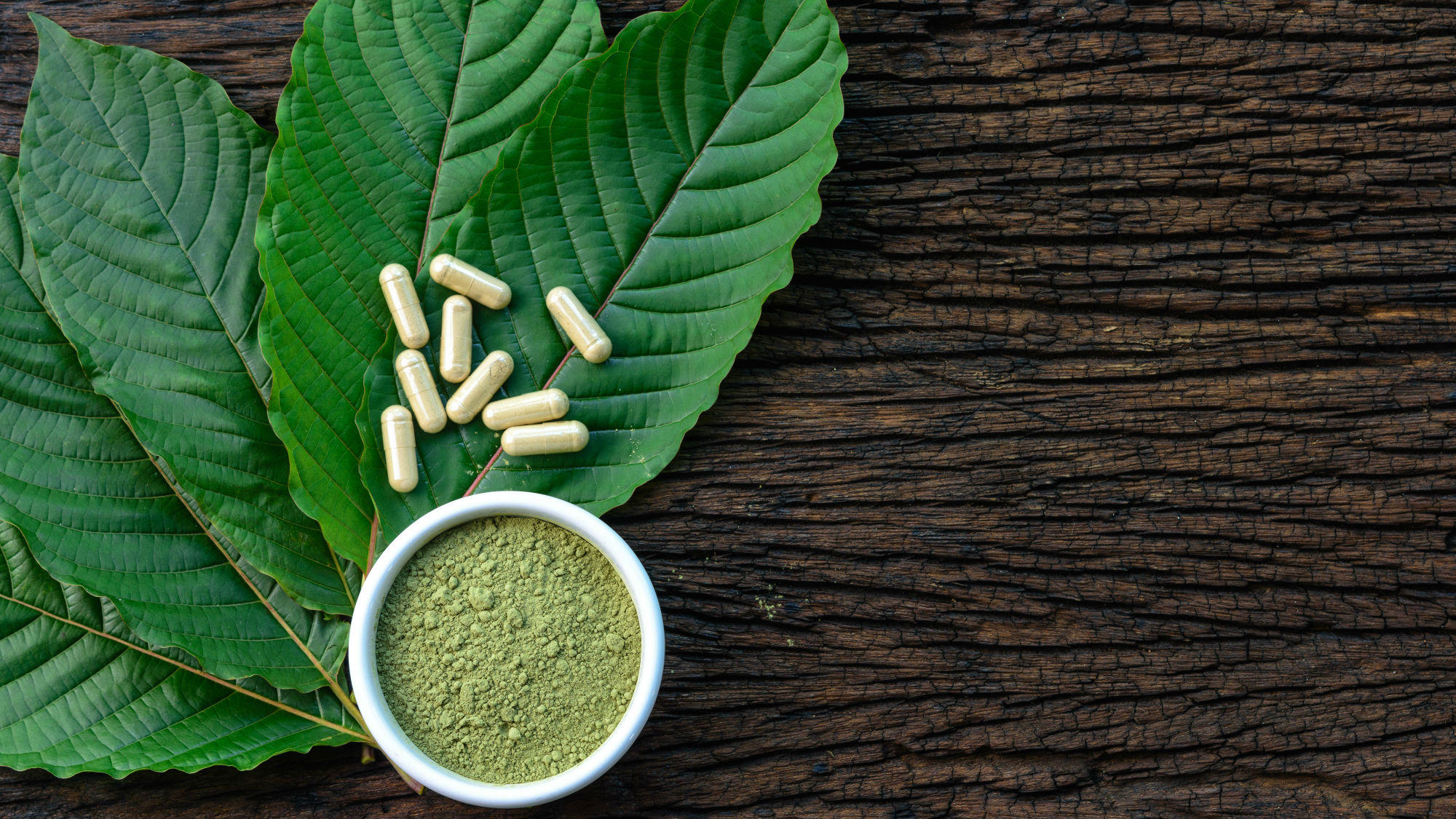
5. **Understanding Kratom’s Physiological Effects: From Sedative to Stimulant**Kratom, derived from the leaves of a Southeast Asian plant, possesses a unique pharmacological profile that allows it to act as both a stimulant and a sedative, depending on the dosage. When consumed at lower doses, it can produce stimulant-like effects, potentially leading to increased energy or alertness. Conversely, at higher doses, kratom can induce sedative effects, resembling those of opioids, which contributes to its perceived pain-relieving and anxiety-reducing properties.
However, the perceived benefits are overshadowed by a litany of concerning side effects and serious health risks. Emergency medicine physician Dr. Michael Greco has observed a significant increase in calls about kratom exposures to national poison control centers. He detailed a range of physiological responses that users can experience, including sweating, dizziness, elevated heart rate, and very high blood pressure. In more severe cases, users may become extremely drowsy, leading to impaired cognitive and motor function.
Beyond these physical symptoms, Dr. Greco also warned of more severe neurological and psychiatric manifestations. Users on the supplement “can have a lot of agitation, sometimes even psychosis,” he stated. These profound and unpredictable effects underscore the volatile nature of kratom, revealing it to be far from the innocuous “botanic” product it is often marketed as. The variability of its effects, combined with the lack of dosage instructions, poses a significant risk to anyone consuming it.
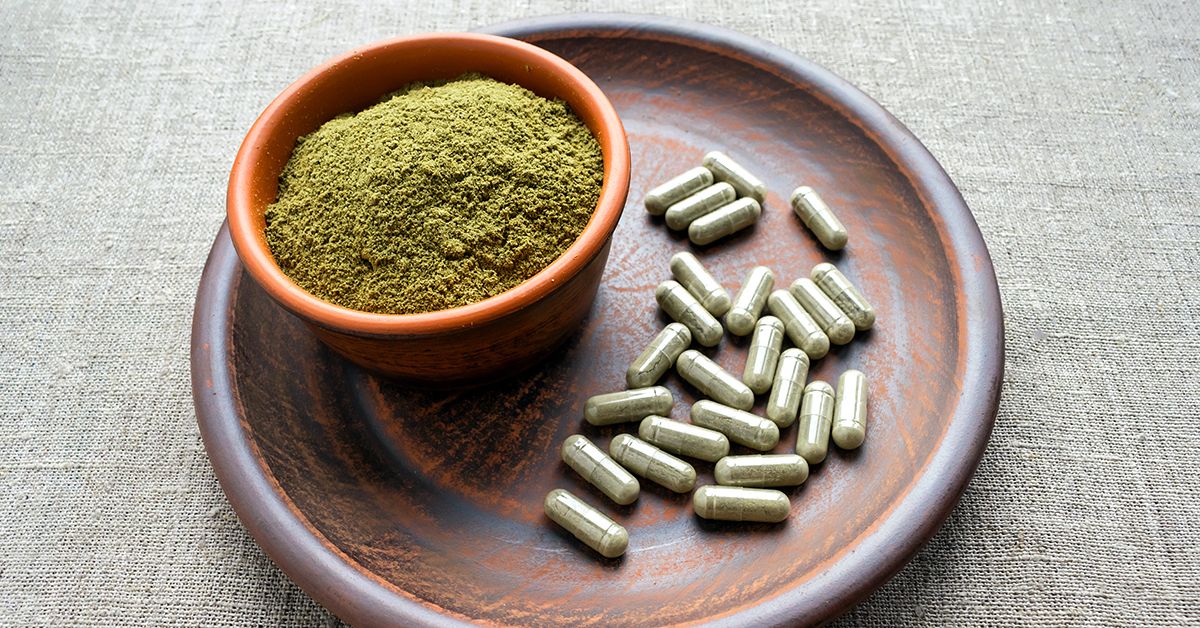
6. **The Alarming Rise in Kratom-Related Incidents: Poison Control Calls and Beyond**The anecdotal reports of kratom-related harm are increasingly supported by alarming statistical data, painting a clearer picture of a burgeoning public health crisis. Between 2011 and 2017 alone, national poison control centers documented a staggering 1,807 calls related to kratom exposure. More critically, medical professionals like Dr. Michael Greco confirm that the frequency of these calls continues to grow, indicating an escalating problem that shows no signs of abatement.
Beyond exposure calls, kratom is being formally identified as a cause of death with unprecedented frequency. There is an increased number of death certificates across the U.S. that list kratom as the direct cause, signaling a grim trajectory. Research has further quantified this danger, revealing that kratom is a shocking “63 times deadlier than other natural products sold to consumers.” This striking statistic positions kratom as an outlier among over-the-counter natural supplements, demanding urgent attention.
The increasing volume of calls and documented fatalities underscores a critical gap in public knowledge and regulatory oversight. As more individuals consume this unregulated product, the number of adverse events and tragic outcomes continues to climb, transforming what was once considered a niche supplement into a significant public health concern with widespread and devastating consequences.




